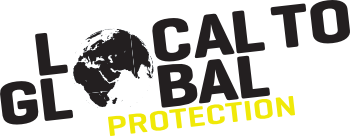Research brief: Community led responses and mutual aid in Gaza
Gaza, Jerusalem & Copenhagen, July 2024
“It’s difficult for me to see all these people suffering, always crying, with no needs met. I have strength, access to some resources, and we need to minimise other people’s suffering. If it’s only by talking with them, this is what I need to do.”
(Female respondent, Khan Younis, Gaza, Palestine)
This paper documents how volunteer community groups and individuals have led mutual aid and community response efforts in Gaza since October 7th, 2023. As victims, survivors, and first responders to the crisis, volunteers among the civilian population in Gaza have provided immediate and longer-term protection and other forms of assistance where it is most needed: rescuing wounded from the rubble; recovering bodies for burial; providing shelter, food, water, clothing, blankets, medical and psychosocial care, and sharing crucial information as well as cash with the most vulnerable.
Research Brief: Arabic | English
Annex: Arabic | English
